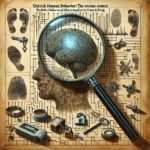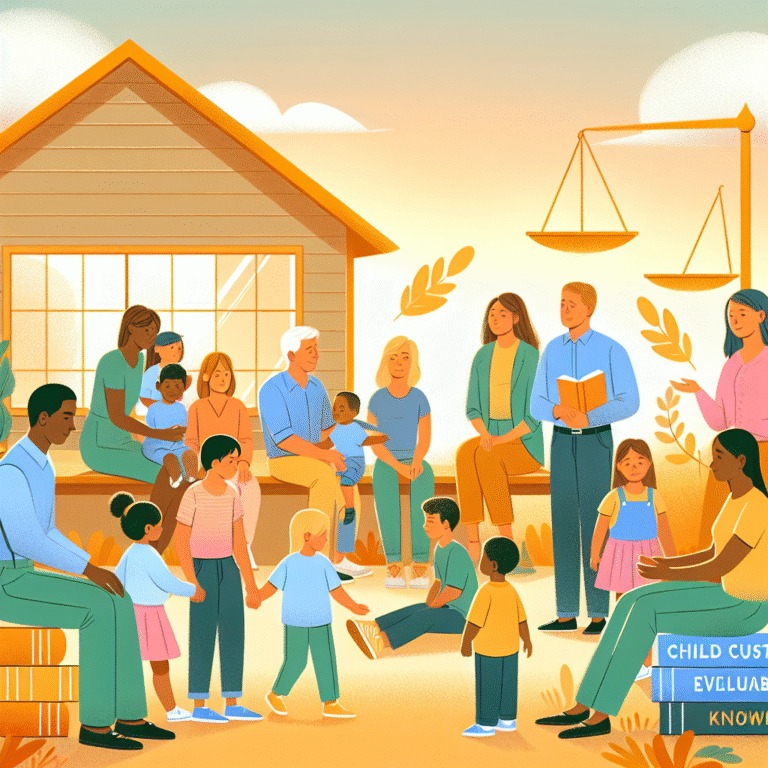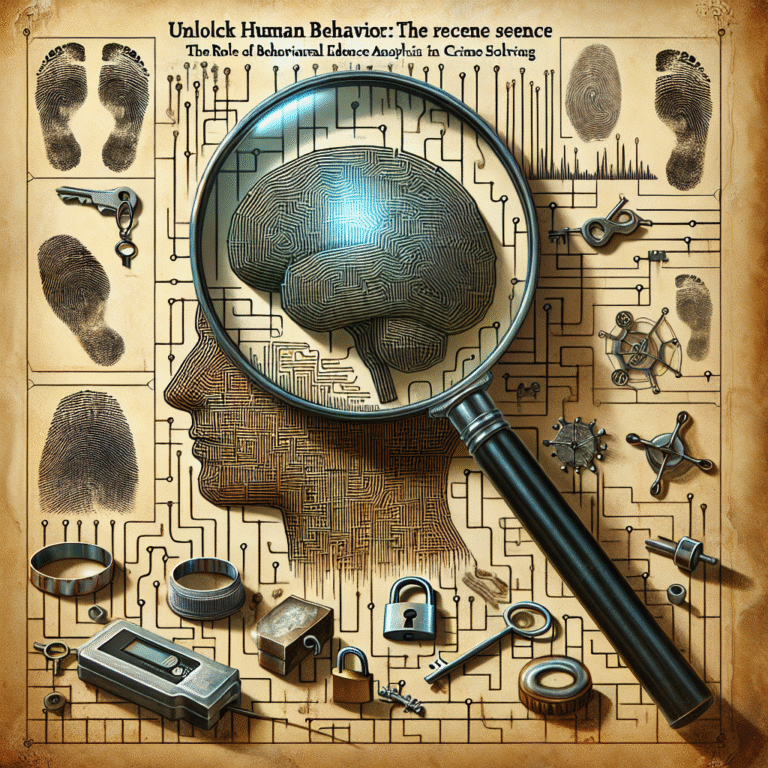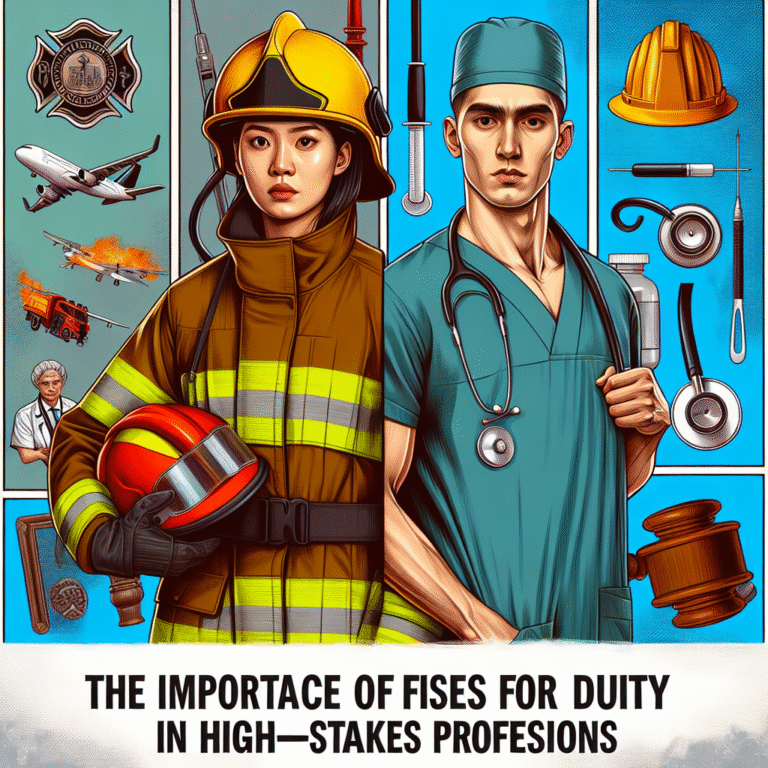
Introduction: Understanding the Importance of Domestic Violence Assessments
Domestic violence is a pervasive issue that transcends demographics, socioeconomic status, and geography. Every year, millions of individuals experience emotional, physical, and psychological abuse in their intimate relationships. According to the World Health Organization, approximately one in three women worldwide have experienced either physical or sexual violence by an intimate partner or sexual violence by a non-partner. This staggering statistic emphasizes the necessity for effective domestic violence assessments.
Understanding the patterns, impacts, and risk factors of domestic violence is crucial for professionals in various fields—social work, law enforcement, healthcare, and counseling. The Essential Guide to Domestic Violence Assessments: Tools and Techniques aims to equip practitioners with the knowledge and methods needed for accurate assessments, ensuring that victims receive the support and resources they need.
The Importance of Conducting Assessments
Conducting assessments in cases of domestic violence is critical for multiple reasons:
- Safety Planning: Assessments can help determine the immediate risk an individual faces, enabling the formulation of safety plans.
- Resource Allocation: By understanding the specific dynamics at play in each situation, practitioners can connect victims with targeted resources.
- Legal Implications: For law enforcement and legal professionals, a thorough assessment can provide essential evidence for restraining orders or other legal protections.
In the realm of domestic violence, knowledge is power. Armed with the right tools and techniques, professionals can better support victims and work towards breaking the cycle of abuse.
Key Components of Domestic Violence Assessments
Understanding the Dynamics of Abuse
Domestic violence often manifests in various forms—physical, emotional, psychological, and financial. Each type requires a nuanced approach when performing assessments. The Essential Guide to Domestic Violence Assessments: Tools and Techniques highlights the importance of identifying these dynamics early on.
1. Physical Abuse
This includes any form of violence that causes bodily harm. Tools like the Conflict Tactics Scale (CTS) can help quantify physical aggression in relationships.
Case Study: In a citywide health initiative, social workers used CTS to assess multiple cases of reported domestic violence. The data collected showcased an alarming trend of escalating violence among couples, prompting community intervention programs.
| Assessment Tool | Purpose | Applicability |
|---|---|---|
| Conflict Tactics Scale (CTS) | Measure physical aggression | Couples therapy & Law enforcement |
2. Emotional and Psychological Abuse
These forms of abuse can be more insidious and harder to detect. Assessment tools like the Danger Assessment (DA)—which evaluates risk factors for homicide—play an essential role in identifying victims in high-risk situations.
Case Study: A local shelter utilized the DA to evaluate incoming clients. The results not only helped prioritize cases but also formed the basis for tailored workshops that aimed at empowerment and recovery.
3. Cultural Sensitivity
An understanding of cultural dynamics and their impact on domestic violence is crucial. The Essential Guide to Domestic Violence Assessments: Tools and Techniques advocates for culturally sensitive assessments to ensure that diverse populations receive appropriate support.
4. Impact on Children
Children who witness domestic violence can face severe psychological impacts. Utilizing assessments like the Child Behavior Checklist (CBCL) helps identify and address the needs of children exposed to family violence.
Techniques for Effective Domestic Violence Assessments
Utilizing Standardized Tools
Standardized assessment tools provide a consistent framework for evaluating domestic violence incidents. The Essential Guide to Domestic Violence Assessments: Tools and Techniques emphasizes their significance in driving effective interventions.
- The Spousal Assault Risk Assessment (SARA): A tool for evaluating risk factors associated with intimate partner violence.
- The DA: Previously mentioned, it’s vital in recognizing imminent danger.
- The Exposure to Domestic Violence Scale (EDVS): Assessing children’s exposure to violence.
Conducting Structured Interviews
Structured interviews allow professionals to collect comprehensive data while also establishing rapport with victims. Using open-ended questions can empower victims to share their stories without feeling judged.
Example Questions:
- “Can you describe a time when you felt unsafe in your relationship?”
- “What kind of support do you feel you need right now?”
By employing a methodical yet empathetic approach, professionals can gather more authentic insights into the victim’s situation.
Data Collection: Best Practices
Data collection is a critical aspect of domestic violence assessments. The Essential Guide to Domestic Violence Assessments: Tools and Techniques delves into the following best practices:
Confidentiality and Trust
Maintaining confidentiality is paramount when working with victims of domestic violence. Creating a safe space for sharing sensitive information encourages victims to be open and honest.
Training for Professionals
Ongoing training in trauma-informed care is essential for professionals conducting assessments. Knowing how to navigate sensitive discussions can make a significant difference in victims’ willingness to disclose their experiences.
| Best Practice | Description |
|---|---|
| Confidentiality | Ensure data privacy |
| Trauma-informed care | Approach sensitive topics with care |
Common Challenges in Domestic Violence Assessments
Underreporting of Abuse
Many victims may be hesitant to report abuse due to fear or shame. This phenomenon makes accurate assessments challenging. The Essential Guide to Domestic Violence Assessments: Tools and Techniques stresses the need for building trust and rapport to encourage disclosures.
Misinterpretation of Behaviors
Professionals may misinterpret behaviors related to cultural differences, which complicates effective assessment. Culturally competent training is vital in bridging this gap.
Conclusion: Empowering Change Through Effective Assessment
Assessing domestic violence is not just about collecting data; it is about empowering individuals and fostering safer communities. By using the tools and techniques highlighted in The Essential Guide to Domestic Violence Assessments: Tools and Techniques, practitioners can facilitate healing and support for victims, helping them reclaim their narratives.
Every assessment has the potential to save a life. Let’s commit to investing the time, training, and resources necessary to improve our practices and ensure that victims are seen, heard, and supported.
FAQs
1. What is the most effective tool for assessing domestic violence?
While no single tool is universally effective, the Danger Assessment (DA) is frequently recommended for its ability to gauge risk levels for potential harm.
2. How can cultural sensitivity be incorporated into assessments?
Training programs focused on cultural competence can equip professionals with the necessary skills to understand and respect diverse backgrounds during assessments.
3. Are assessments only for victims, or do they apply to perpetrators as well?
Assessments can and should be conducted for both victims and perpetrators to understand the dynamics at play and develop comprehensive treatment plans.
4. How can I get involved in advocating for better domestic violence assessments?
Volunteer with local organizations, participate in awareness campaigns, or advocate for policy changes that promote effective assessment practices.
5. What should I do if I suspect someone is a victim of domestic violence?
Encourage them to seek help, listen without judgment, and provide them with resources or contacts for local support services.
By embracing the ethos of prevention, intervention, and healing outlined in The Essential Guide to Domestic Violence Assessments: Tools and Techniques, we can work together to change the narrative surrounding domestic violence and foster a future free of abuse.















